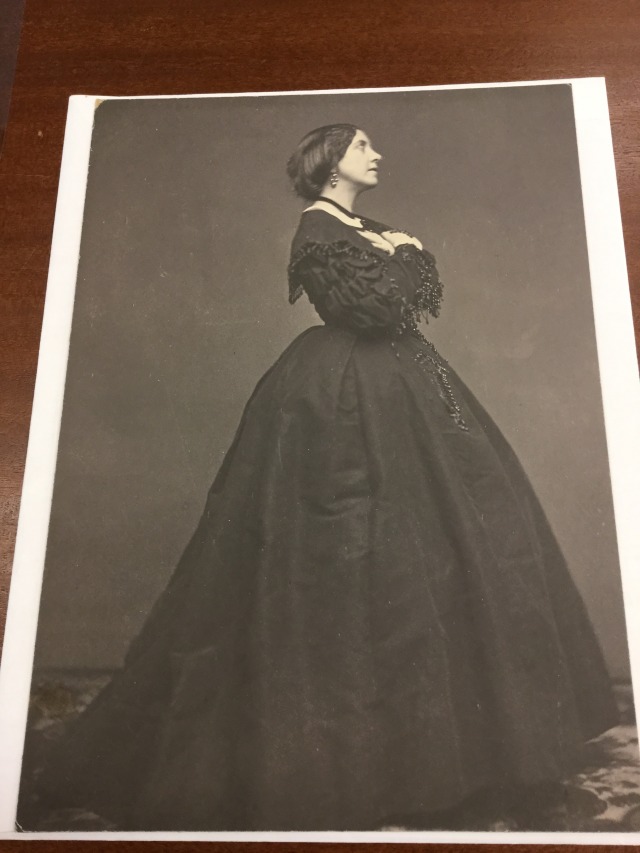#nationalphotographymonth
 ALT
ALTHand-coloring technique was introduced in Europe in the 1840s, but the practice of hand coloring photographs became more refined and widespread in Japan. By the 1880s, it had become a common practice and a defining characteristic of Japanese tourist photography.
Working on a low wooden table laid out with brushes, inkstones, and porcelain bowls, artists applied colors, prepared with a small amount of buckskin glue, in a delicate and precise manner. In the 1880s and 1890s they began using more vivid colors made from aniline dyes.
The process of coloring a photograph was infinitely tedious, and a master colorist could be expected to produce two or three finished prints during a twelve-hour day. Eventually, studios hired more artists and set up a kind of production line with each man or woman responsible for a range of colors or a particular area of a photograph. One artist colored faces, for example, then he or she passed the photograph along to another who colored clothing, and so on. This greatly increased the number of finished prints in a day. Various sources estimate that by the 1890s successful studios employed anywhere from around 20 to 100 colorists.
Flower seller, Japan.
Lantern slides, hand-colored.
8 x 10 cm
Creation Date: 1900-1940
Repository: Harvard Fine Arts Library, Special Collections
HOLLIS number: olvwork371874
 ALT
ALT ALT
ALTSalted paper print was an early negative/positive printing process developed by William Henry Fox Talbot in England in 1839. Many beautiful examples of this process were created in the 19th century and can be found in a variety of photograph collections.
Harvard’s Weissman Preservation Center (WPC) undertook Salt Print Initiative at Harvard, a university-wide project to preserve and enhance access to salt prints at Harvard. The project focused on photogenic drawings, paper negatives, and salted paper prints (positive prints created from paper or glass-plate negatives) found throughout Harvard’s libraries, archives, and museums. The Fine Arts Library holds many salted prints in our special collections.
You can learn more about Salt Print Initiative at Harvard on https://projects.iq.harvard.edu/saltprintsatharvard
 ALT
ALTMay is National Photography Month! The Fine Arts Library holds more than 150,000 photographs and slides documenting Islamic art and architecture, as well as ethnographic views that provide cultural context.
Middle East and Islamic Photographs Collections are strong in albumen silver prints produced by commercial studios in the second half of the 19th century. These images are complemented by the photographic output of the first generation of scholars of Islamic art history, such as K.A.C. Creswell and Ernst Herzfeld, taken with documentary intent.
Most prominent is the Harvard Semitic Museum Photographic Archives. Developed at the Semitic Museum between 1891 and 1992 and transferred to the Fine Arts Library in 1995, the archive includes more than 38,000 images in a variety of formats.
Turkey, Contantinople. Mosque of Santa Sophia.
Robertson, James, 1813-1888, English [photographer]
Albumenized salt print: Istanbul, Hagia Sophia (Aya Sofia Camii)
10” x 12”, 25.5 x 30.6 cm
salted paper prints
photographs
Repository: Harvard Fine Arts Library, Special Collections
1851-1853
HOLLIS number: olvwork365432
